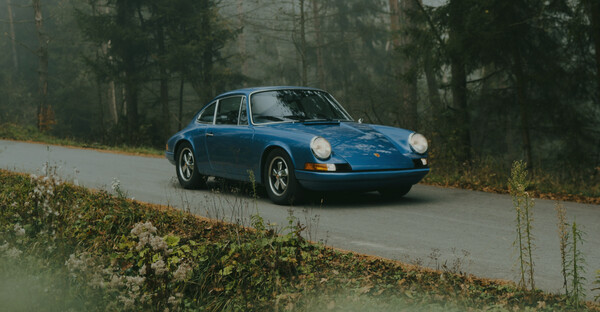Description
This lot will be auctioned via Iconic Auctioneers, The Iconic Sale at the NEC Classic Motor Show 2024 - Cars on Saturday the 9th of November, NEC, Birmingham, B40 1NT. It’s the early 1990s and the 1. 8-litre Clio 16v is locked in combat for hot hatch glory with the ageing Peugeot 205 GTi 1. 9. It’s a better car by many objective criteria, but not a convincingly faster one and in the eyes of many, the GTi still holds the crown. It took a truly special car to convincingly wrestle supremacy away from Peugeot, to really bury the old-timer and to refine the class in the process. That car was the Clio Williams.
Sold with the compelling marketing strategy of an F1 team association, the Williams was actually an 'homologation special' in the familiar mould. It was built because RenaultSport wanted to go rallying and the class maximum displacement stood at 2-litres. Given this was still the era of homologation into 'Classes' A and 'N', Renault simply had to build 2, 500 road cars to qualify, although it would eventually build many more. The initial production run of the Clio Williams was limited to just 5, 400 examples, of which only 390 arrived in the UK.
The suspension used a reinforced front subframe borrowed from the Clio Cup racer plus uprated springs, dampers, rear torsion arms and thicker anti-roll bars. The track was increased by 34mm and the 7J Speedline alloys were 0. 5" wider than the 16v’s and distinctively gold. The gearbox was stronger too, with revised ratios. There was just one exterior colour offered for the first generation of Williams – '449' Metallic Sports Blue – and the cumulative effect of body (already blistered of arch, front, and rear and bulging of bonnet from the 16v), paint and those golden wheels was as close to hot hatch perfection as many felt it was possible to get.
Codenamed 'F7R' and developed from the 16v’s 137bhp F7P unit, the new engine featured a longer stroke and bigger bore size and benefitted from a stronger crankshaft plus new pistons, camshafts and conrods with bigger valves and a lightweight exhaust manifold. Output was now 148bhp at 6, 100rpm and 126lb/ ft at 4, 500rpm, not enormous by today's standards but 85% of the torque was available from 2, 500rpm and the car only weighed 981kg. The factory specification included central locking, electric windows, and blue-faced instrument dials with three co-ordinating blue auxiliary read-outs atop the centre console displaying the oil level, temperature and pressure – all very purposeful.
#0181 is one of the finest Clio Williams to come to the market for a very long time with just 9, 331 miles from new and with the original owner for nearly 25 years. Ordered new by him from Arlington Renault of Yeovil in August 1993, it arrived from the factory and was registered in February 1994. Testament to his caring ownership, the Clio is accompanied by the most comprehensive of history files which includes the original sales receipt, a promotional leaflet with a handwritten deposit receipt on it, tax discs and three MOTs over its limited use between dry storage. The inventory includes all driver manuals, two sets of keys and the obligatory Gemini Alarm fobs required in the day to get it insured. The owner also purchased two Williams Renault promotional jackets (M), an F1 RenaultSport World Championship cap and key fob.
New tyres were fitted prior to the last MOT test, however the original equipment factory tyres are available should the new owner feel that's important. #0181 still presents as showroom fresh and must be the most original example of the ultimate performance hatchback, a rare opportunity.


















